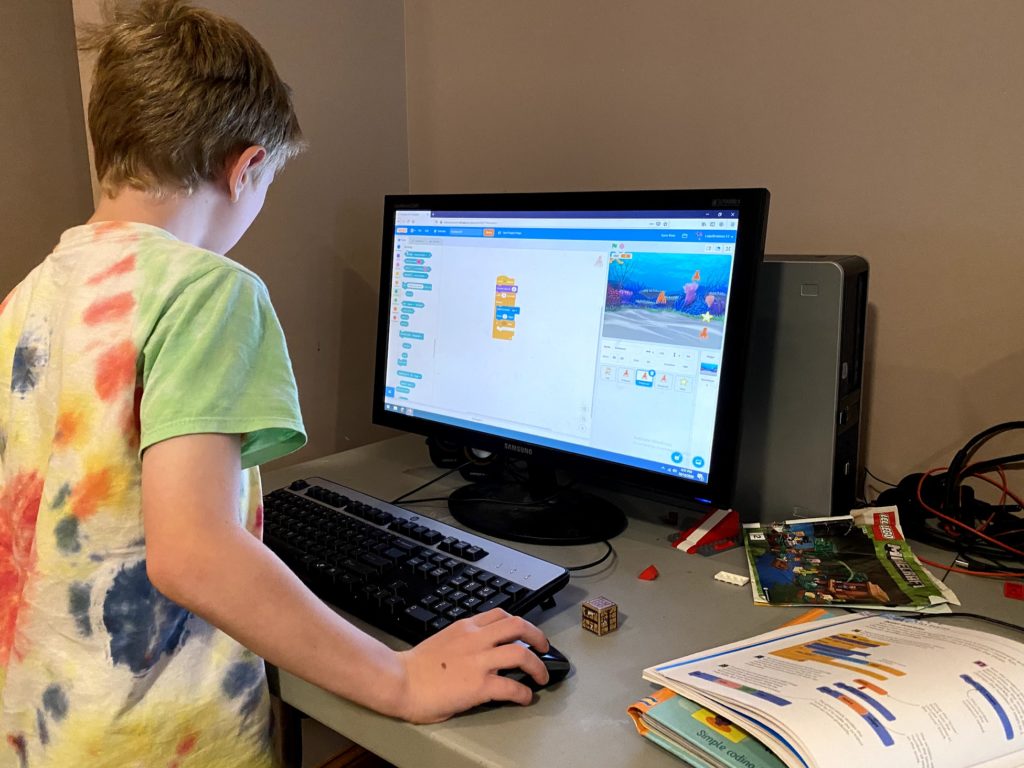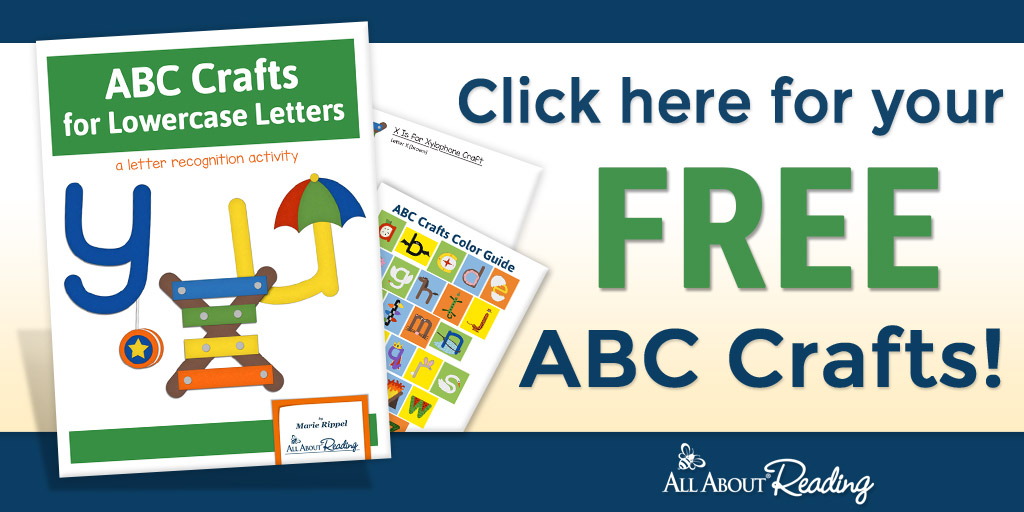This page may contain affiliate links and/or ads. If a sale is made from these links, I get a small commission at no additional cost to you. I am very grateful for your support! See a full disclosure of my partnerships in my disclosure policy.
Many of our brains have been trained to separate out school subject; reading, math, history, and so on, into their own neat little compartments. As a result, we try to teach our children in that same way. Moreover, there was no connection between the subjects when an abrupt bell rang to mark the end of a history lesson and the beginning of a math lesson, no time to chew over the new information. Learning with Unit Studies helps to connect all the subjects around one area of interest.
But how and why would we connect subjects?
All the subjects connect at some point, and finding that point helps build stronger connection in our brains to understand the concepts. I once heard a person talk about how they memorized all the multiplication facts but literally had no idea what the facts meant. When teachers are able to teach the concept of multiplication showing that 3×3 is like saying 3 people were holding 3 apples each, Language Arts meets math and they make sense of the new math concepts. Through that understanding of what 3×3 means (instead of rote memorization), their knowledge of math and how it works becomes stronger.
You can learn everything through anything!
Especially at the elementary level, this is very true. Many kids can not stand to do school work; it almost seems physically painful to them to sit and learn. I have one of those kids! Do you know what he’s obsessed with? Video Games. I know, everyone is so shocked. Instead of working around them, I try to teach through that interest.
Learning with Unit Studies helps create memorable and interesting connections between subjects.
Here are a examples of my thought process when working around a beloved interest. These are not meant to be complete unit studies, but rather a view into how I assemble a unit:
Reading
- Find a series about their favorite games. There are many Minecraft novels (we like Winter Morgan, Danica Davidson, and Cara J Stevens)
- Graphic Novels: Sonic, Mario, and Minecraft all have comics and graphic novels available
- The series “Press Start” from Scholastic is an easy read about a video game being played by a kid.
- many guides, cheat books, how-to’s, and encyclopedias are available on the topic of video games
Language Arts
- Draw a comic about their favorite games characters
- Write a story (fan fiction) about their favorite game
- Create a storyboard for a level of a game
- give them prompts like “make up a story about why you think Bowser is so mean” or “If you were dropped into Minecraft, how would you spend your day?” Write it for them as they speak if they aren’t physically writing yet (or if the physical writing is the hard part)
- Letter practice based on Minecraft with this freebie!
Science
- Learn about the different animals in Minecraft
- Study the different biomes in Minecraft
- Code your own video game with Scratch
- Use Bloxels to create your own video games and learn coding basics
Math
- Minecraft themed Color/math worksheets. We love these!
- Perler Beads – Make gamer designs on graph paper and perler bead boards. Expand on that by figuring the area and perimeter. Great example here!
- Give challenges in the game such as:
- build certain shapes (even learn to make a sphere)
- use X amount of blocks to create somthing
- build a math problem challenge (what would 5×4 look like – 5 stacks of 4 blocks or 6+4 using items)
History
- learn the history of video games. What was the first game made? Who founded Nintendo? How was Angry Birds made?
- Look at the history of Mario and how the graphics changed over time
- Games based on history. Especially for older kids, there are numerous video games that immerse kids in historical events. Most are war-type games, but if those are allowed in your home, try to find the historical value in them (if nothing else)!
- Learn about Ancient pyramids (or mound civilizations, or the layout of one-room cabins, or the specific parts of the Titanic) and then assign them to build (to the best of their ability) in Minecraft.
- Curiosity Chronicles is a history curriculum with Minecraft build prompts in it!
Music
- Learn to play songs from a favorite game on an instrument
- listen to video game music (request it on your Amazon Echo if you have one!)
- Have a discussion about the use of music in different areas of the game. Do some sound happy? Sad? Suspenseful?
- Watch videos about the composers of video game music
- Use a video game playlist while finding the beat and talking about tempo
Art
- Create graphic art on the computer based on characters you like
- learn to draw favorite characters; we loved this Mario Piranha Plant tutorial
- Pixel Art – Use graph paper, peeler beads, or simply dots to create artwork
- Read a book about Mario Odyssey art (here)
- Make Costumes and accessories based on characters in a video game
Reading
- Read classics like Black Beauty or one of the many series that have horses in them
Language Arts
- Write stories and poems about horses
- Practice writing words related to horses
Science
- Learn the anatomy of horses
- Study where horses live; what conditions, how do they live in the wild
- Find books about taking care of horses; what they eat, how to brush them.
Math
- Work on figuring out costs associated with owning a horse
- Younger kids, use horse toys or figures to do simple addition and subtraction
- Horse themed worksheets (like these)
- Older kids, look into expense/income for running a horse stable
History / Geography / S.S.
- Learn about famous horses in history (like Seabiscuit)
- Explore the areas where wild horses roam
- Pony Express
- Learn about horses mentioned in Mythology
Music
- Listen to equestrian inspired songs (see a great list here)
- Research the study done on music and horse behavior (like this one)
- Make up horse-like dances to music – Gallop, jump, and neigh around the house!
Art
- Watch how to draw videos for horses
- More advanced artists, watch this how to draw
- Study Artists famous for art that includes horses: Franz Marc (Blue Horse), Degas, George Stubbs to name a few
Reading
- Disney Princess stories
Language Arts
- Watch a princess movie and read the story and compare them
- Write a princess story
- Act out a princess themed play
Science
- Take a look at these fairy-tale and princess inspired experiments
- Love Frozen? Do experiments with ice.
Math
- Fairy tale and princess themed math worksheets
- Try this princess math game with jewels
History / Geography /S.S.
- Read princess stories from around the world; there are many versions of Cinderella and other popular Disney Princess stories
- Study the castles from other countries
- look into the history of royalty in England or other countries
- Compare a Monarchy/Patriarch system to a democracy
Music
- Play princess themed songs and dress like a princess to dance
- learn or watch traditional dances from princesses around the world – Like this African Princess dance or this Medieval court dance.
Art
- Design princess cresses (on paper or with real fabric)
- Paint Castles
- Make “royal jewelry”
Using a library, a quick search for activities around your subject, and a little creativity…you can teach everything through anything. If your current school feels hard, stale, and just isn’t working; take a break! Learn through what they love!
Here are some video-game inspired activities we have done:


